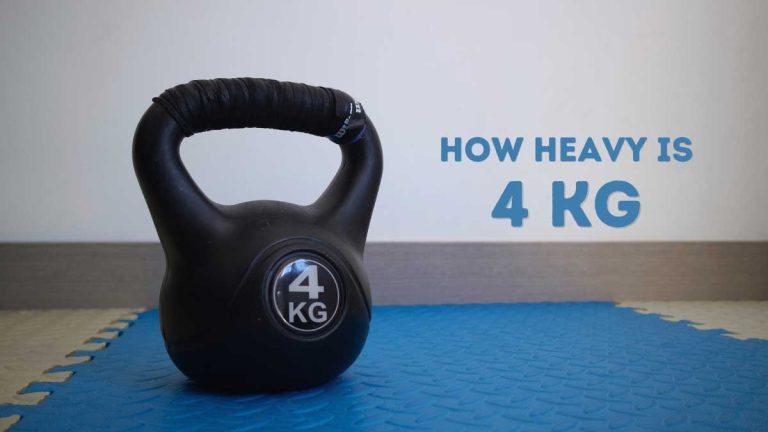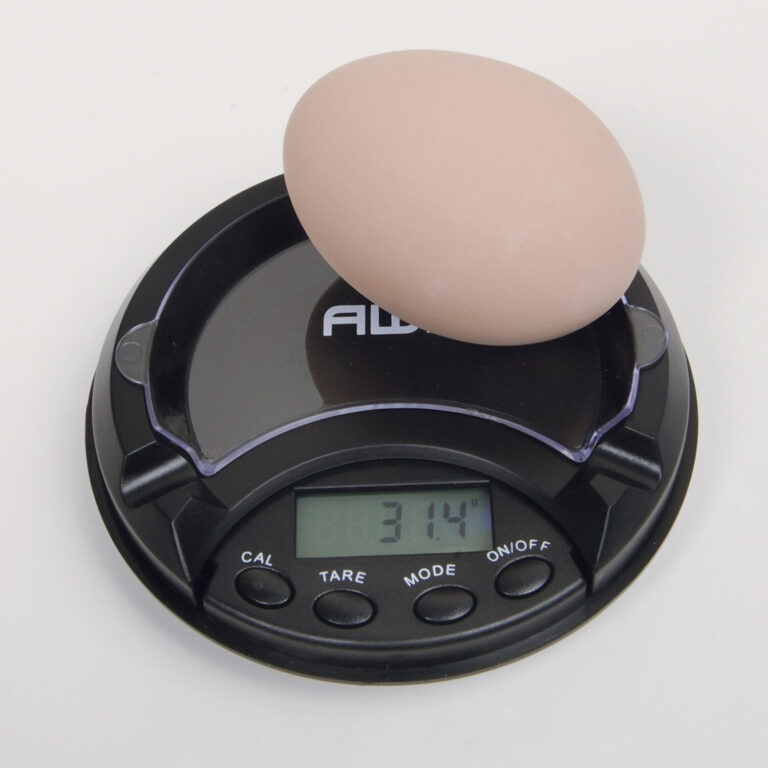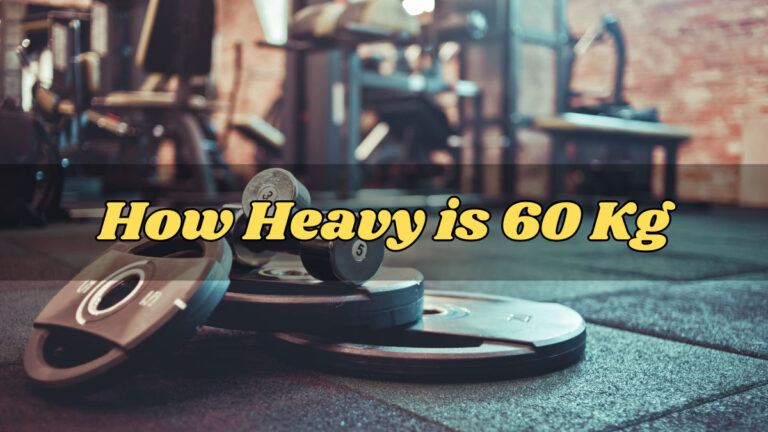Weight of Shopping Cart: Understanding Load Capacity Limits
Ever wondered how much weight a shopping cart can really hold? While you might think they’re just flimsy wire baskets, shopping carts are surprisingly robust. Depending on the model, size, and materials used, their weight capacity can vary significantly. For example, some of the largest carts made from metal and plastic can support up to 350 pounds. Meanwhile, an ultralight all-plastic design developed for a major retailer can handle an impressive 500 pounds.
These figures might surprise you, but they highlight the engineering marvels behind these everyday tools. Shopping carts have evolved since their invention in the 1930s, becoming essential companions on your grocery runs. Whether you’re stocking up for a big family dinner or just grabbing a few essentials, understanding the weight capacity of your cart ensures you can shop confidently without worrying about overloading.
Key Takeaways
- Shopping Cart Weight Capacity: The weight capacity of shopping carts varies significantly based on their design, materials, and model, with some supporting up to 500 pounds.
- Material Influence: Construction materials such as steel and plastic enhance a cart’s load-bearing ability, with metal typically supporting more weight than plastic, though modern plastic designs have impressive capacities.
- Engineering and Safety: Shopping carts are engineered with high safety standards, undergoing rigorous testing to ensure they handle substantial weights and remain reliable for everyday use.
- Practical Use and Maintenance: Understanding the weight capacity and maintaining cart integrity ensures safety and efficiency during shopping, optimizing the shopping experience.
- Type and Terrain Impact: Different cart types, such as metal, plastic, and specialty carts, offer varying weight capacities, and their performance can be affected by the usage environment and terrain.
Understanding Shopping Cart Weight Capacity
Shopping carts serve various needs, whether you’re doing everyday grocery shopping or a bulk store visit. The weight capacity of these carts can vary dramatically depending on construction, materials, and design.

Construction and Materials Influence
Carts usually feature durable materials like black powder-coated steel and low carbon stainless steel. These materials enhance weight capacity and durability, allowing carts to handle significant weights. For instance, the Standard Black Metal Wire Grocery Shopping Cart can support up to 250 pounds. Tubular metal frames are a common choice, providing a robust structure that can endure rigorous use.
Weight Capacity Variations
Weight capacity often changes with the cart model. While a Standard Grocery Shopping Cart #200 doesn’t specify an exact limit, its volume of 12,000 cubic inches implies it supports substantial weight. Research, including findings from the Hydraulic Press Channel, suggests some carts can even handle over 1,000 pounds in extreme cases. However, such instances aren’t typical and usually exceed regular shopping requirements.
Practical Usage Considerations
When you’re choosing a shopping cart, understanding its weight capacity helps you shop confidently without risking overload. It’s particularly important if you frequently carry heavy or bulk items. Remember, while some carts can bear significant weights, following their intended usage ensures safety and durability over time.
Tables or visual aids can illustrate how different materials and designs affect cart capacity, but ensure you’re opting for a model suitable for your standard shopping activities. By being aware of these factors, you optimize your shopping experience, ensuring efficiency and safety.
Engineering Behind Shopping Carts
Shopping carts might appear simple, but their design involves complex engineering to balance functionality with durability.
Material and Design Impact
The materials and design of shopping carts significantly influence their durability and weight capacity. Steel and aluminum are commonly used for frames, contributing to the cart’s load-bearing ability. For example, a Standard Black Metal Wire Grocery Shopping Cart supports up to 250 pounds due to its robust material. The design integrates essential components like a basket for items, wheels for movement, and a handle for pushing or pulling, all of which affect the cart’s strength. Choose a cart with the appropriate materials to ensure it meets your shopping needs without risk of overloading.
Safety Standards and Testing
Shopping carts undergo rigorous safety standards and testing to ensure reliability. These tests determine the maximum weight capacity and structural integrity under stress. In one study, a cart supported over 1000 pounds before reaching its breaking point when an additional 400 pounds were added. This testing ensures carts meet the demands of everyday use and bulk purchases, maintaining safety and functionality. Awareness of these standards helps you shop confidently, knowing the cart can handle the required load safely.
Comparing Cart Types by Weight Capacity
Shopping carts play a crucial role in your retail experience, providing ease during shopping trips. Understanding their weight capacity essential for ensuring your cart suits your needs effectively.
Metal vs Plastic Shopping Carts
Metal and plastic are the primary materials used in shopping cart construction, each offering distinct advantages in weight capacity. Metal carts, known for their durability, can generally support more weight. A typical metal grocery cart can handle up to 250 pounds. Under extreme conditions, some heavy-duty models can exceed 1,000 pounds, though this far surpasses regular usage needs.
In contrast, plastic carts often offer less weight capacity but have advantages such as reduced weight for easier maneuverability. While specific figures for plastic carts are not as widely documented, innovative designs have enhanced their load-bearing abilities. For instance, some ultralight all-plastic models used by major retailers can support up to 500 pounds, merging functionality with modern aesthetic considerations.
Specialty Carts for Increased Capacity
Not all shopping carts are created equal, as specialty carts are designed to meet specific needs, boasting increased capacity and unique features. Examples include carts for bulk purchases or those accommodating multiple children.
You might find carts constructed from a mix of metal and plastic achieving capacities of around 350 pounds. This blend optimizes strength while maintaining necessary flexibility for additional features like cup holders or dedicated shelves for electronic devices to keep your digital coupons handy. These designs cater to various shopping preferences, offering features that enhance user convenience while increasing load capacity.
Selecting the right cart depends on balancing capacity with your specific shopping requirements. Whether your focus is on strength, maneuverability, or additional features, understanding the differences between metal and plastic carts helps make informed decisions suited to your shopping style.
Factors Affecting Load-Bearing Ability
Understanding the factors influencing a shopping cart’s load-bearing ability can help you choose the right cart for your needs.
Material and Construction
Material quality plays a significant role in a cart’s load capacity. Metal shopping carts, often made from steel or aluminum, typically hold between 220 lbs and 330 lbs. In some cases, specialized metal carts handle over 500 lbs. Plastic carts generally hold less but offer benefits like reduced weight and enhanced maneuverability.
Design and Manufacturing
Design directly impacts a cart’s strength. Well-manufactured carts with high-strength frames and robust baskets accommodate heavier loads. Strong handles and quality wheels also contribute, ensuring structural integrity and reliability.
Distribution of Weight
Even weight distribution enhances a cart’s stability. Heavy items placed in one area can strain certain parts, leading to potential tipping or breakdowns. Balance heavy goods alongside lighter items, keeping weight centralized for optimal performance.
Terrain and Usage Environment
The environment affects how much weight a cart can manage. Navigating smooth indoor surfaces is more manageable than dealing with rough outdoor terrains. For instance, rough pavement or gravel can strain wheels and frames, reducing load capacity. Consider the terrain and select carts built for challenging conditions to enhance performance.
Importance of Maintaining Cart Integrity
Preserving the structural integrity of shopping carts ensures safety and functionality. A well-maintained cart supports its weight capacity and provides a reliable shopping experience. If carts are damaged, you could face issues like unstable maneuverability and reduced weight limits.
- Safety Concerns: Damaged carts present risks, including tip-overs and equipment failure. When a cart’s integrity is compromised, it might not handle the specified load capacity safely, leading to hazardous situations for users.
- Financial Implications: Maintaining cart integrity saves costs associated with repairs and replacements. Investing in routine maintenance prevents unexpected expenses, helping you manage your budget effectively.
- Customer Satisfaction: Shoppers expect a seamless experience. Poorly maintained carts can lead to dissatisfaction and, consequently, affect business reputation. Ensuring your shopping experience is smooth enhances customer retention.
- Durability Enhancement: Regular checks and repairs enhance a cart’s lifespan. You’ll extend the life of your carts by addressing minor wear before it escalates, ensuring they serve you longer without frequent need for new purchases.
- Optimal Performance: Well-maintained carts operate efficiently, supporting their intended weight and maneuvering smoothly. If carts run smoothly, navigating retail spaces becomes easier, contributing to a better customer experience.
Conclusion
Understanding the weight capacity of shopping carts is key to enhancing your shopping experience. Whether you’re tackling a weekly grocery run or a bulk purchase, knowing the limits and capabilities of different cart designs can help you shop smarter and safer. Consider the materials, design, and maintenance of your cart to ensure it meets your specific needs. By choosing the right cart and keeping it in good condition, you not only protect your purchases but also enjoy a more efficient and enjoyable shopping trip. Balancing these factors allows you to make informed decisions that align with your shopping habits and requirements.







